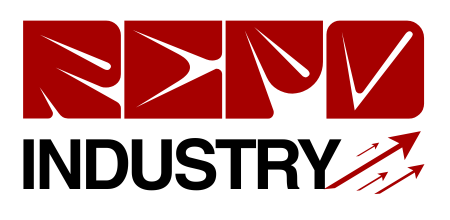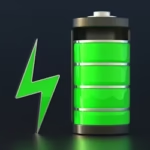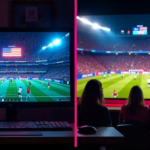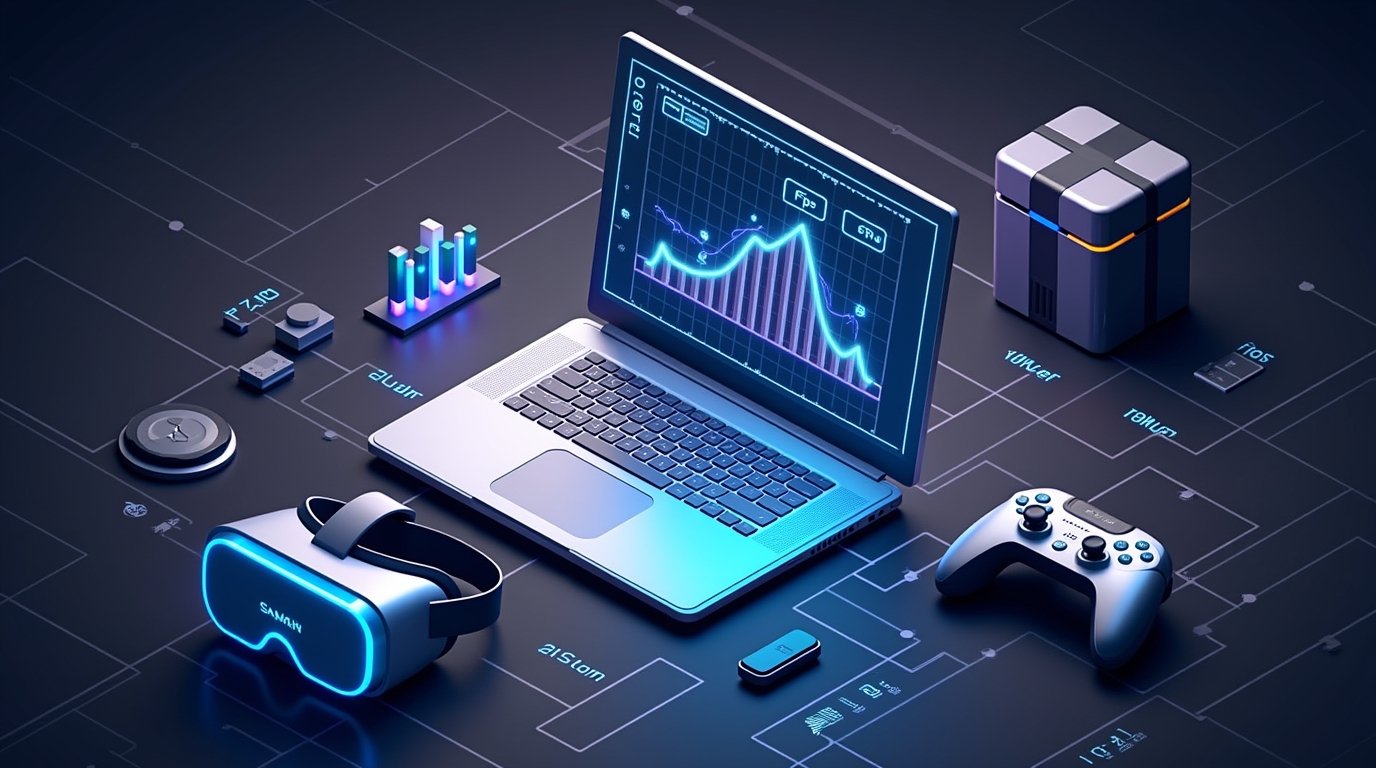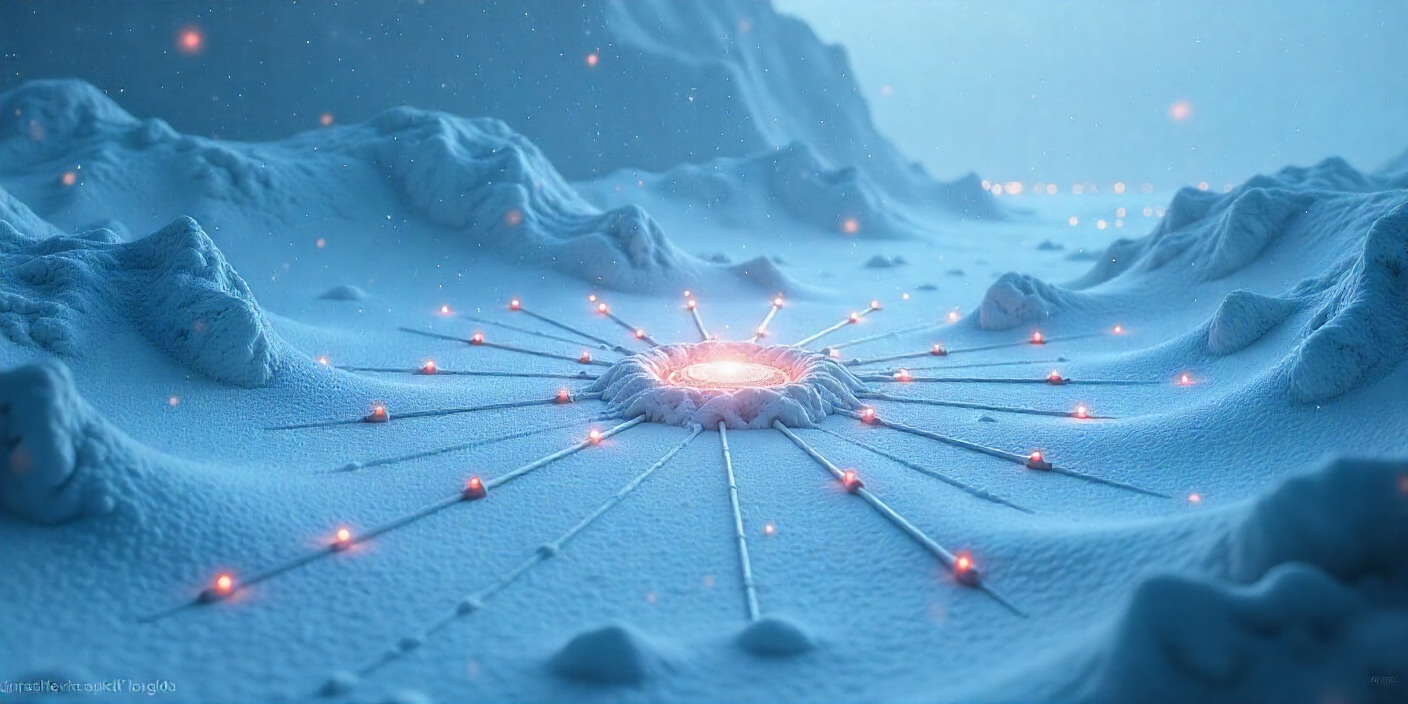That moment you slip on a VR headset is pure magic – until stuttering graphics and laggy motion turn wonder into nausea. Optimizing your gaming laptop for VR isn’t just about higher frame rates; it’s about preserving the illusion and escaping reality without technical hiccups. Forget factory settings. Let’s transform your machine into a VR powerhouse.
Why Your Beastly Laptop Still Stumbles in VR
VR demands simultaneous high-resolution rendering for two displays (one per eye), ultra-low latency tracking, and rock-solid frame rates (90Hz+ is ideal). Unlike flatscreen gaming, dropped frames or micro-stutters in VR feel physically jarring. Your laptop’s raw specs might meet minimum requirements, but optimization bridges the gap between “running” and “thriving.”
Pre-Flight VR Checklist: Is Your Laptop Truly Ready?
Before tweaking, verify your hardware baseline:
| Component | Absolute Minimum | Recommended Sweet Spot |
| GPU | NVIDIA GTX 1060 / AMD RX 580 | RTX 3060 / RX 6600M or higher |
| CPU | Intel i5-4590 / Ryzen 5 1500X | i7-11800H / Ryzen 7 5800H |
| RAM | 8GB DDR4 | 16GB DDR4/DDR5 (Dual-Channel!) |
| Connectivity | USB 3.0 Port | USB 3.2 Gen 2 + Thunderbolt 4 |
| Display Output | HDMI 1.4 | DisplayPort 1.4 (via USB-C often) |
Your Step-by-Step VR Optimization Blueprint
1. Driver Deep Dive: Beyond “Update Now”
- GPU Drivers: Download the latest Game Ready/Adrenalin drivers directly from NVIDIA/AMD. Crucially:
- Perform a Custom Install → Select “Clean Install” to purge old settings.
- In NVIDIA Control Panel (or AMD Software):
- Set Power Management to “Prefer Maximum Performance.”
- Enable “Virtual Reality Pre-Rendered Frames” to 1.
- Disable unnecessary overlays (GeForce Experience/AMD ReLive).
2. Slay the Power Thieves
Windows prioritizes battery life over performance. Fight back:
- Windows Power Plan:
- Search “Edit Power Plan” → Change Advanced Settings.
- Set PCI Express → Link State Power Management → OFF.
- Set Processor Power Management → Minimum/Maximum → 100%.
- Laptop Power Mode: Plug in → Click Battery Icon → Slide to “Best Performance.”
3. Graphics Control Panel: The Hidden Lever
(Example: NVIDIA Control Panel – AMD Adrenalin has similar options)
| Critical Setting | Recommendation | Why It Matters |
| Texture Filtering Quality | High Performance | Boosts VRAM efficiency |
| Threaded Optimization | On | Uses CPU cores for VR rendering |
| Vertical Sync | Off | Prevents input lag; VR handles sync |
| Shader Cache | Unlimited (NVIDIA) / AMD Optimized | Reduces stutter during complex scenes |
4. Silence the Background Noise
- Ctrl+Shift+Esc → Startup Apps: Disable everything non-essential (cloud services, chat apps, updaters).
- Services.msc: Disable non-critical services (e.g., “SysMain” if using SSD).
- Task Manager → Processes: Sort by CPU/GPU usage mid-game → Kill resource hogs.
5. Cool It Down: Your Laptop’s Lifeline
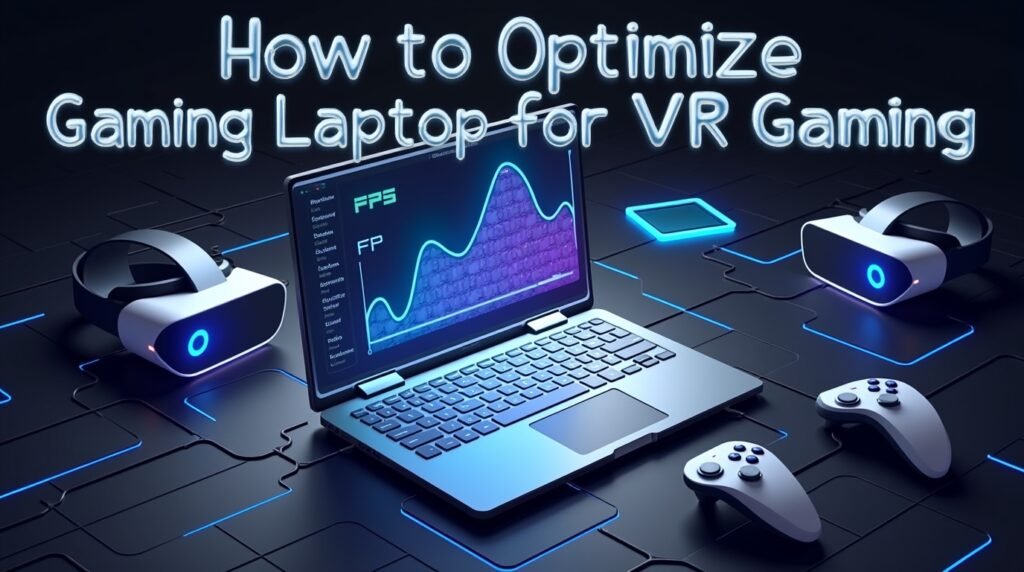
Heat throttles performance faster than anything.
- Lift It Up: Use a stand (or even book corners) to elevate the rear 1-2 inches for airflow.
- Invest Wisely: A quality cooling pad with large, high-static pressure fans (e.g., IETS GT500) can drop temps 10-15°C.
- Undervolting (Advanced): Tools like ThrottleStop (Intel) or Ryzen Controller (AMD) safely reduce voltage/heat without losing performance.
6. VR Software: Calibrate the Experience
- SteamVR:
- Open Settings → Video → Per-Application Resolution. Lower demanding games (e.g., Half-Life: Alyx) to 80-90%.
- Disable Advanced Supersample Filtering and Motion Smoothing.
- Oculus App (for Meta Headsets):
- Devices → Select Headset → Graphics Preferences → Set Refresh Rate & Resolution manually. Start at 90Hz / 1.0x res.
Read also: EmbersLasVegas Gaming: The Ultimate Destination for Gamers and Esports Fans
When Software Isn’t Enough: Strategic Hardware Boosts
- RAM: Upgrading to 32GB dual-channel RAM (ensure matched sticks!) drastically helps open-world VR.
- Storage: Replace HDD with NVMe SSD for faster game/texture loading.
- eGPU? Rarely ideal for laptops: Bottlenecks via Thunderbolt often negate gains. Only consider if you have a top-tier laptop CPU + Thunderbolt 4.
Taming Common VR Demons
- “Stuttering/Choppy Movement”: Lower SteamVR resolution, close background tasks, check for thermal throttling.
- “Blurry Image”: Ensure correct IPD setting, clean lenses, increase supersampling if performance allows.
- “Tracking Jitter”: Cover reflective surfaces, ensure adequate USB bandwidth (use different controllers for sensors).
Your VR Optimization Cheat Sheet: 3 Steps Today
- Clean Install latest GPU drivers + set Power Management to “Maximum Performance.”
- Elevate your laptop for cooling + kill all non-essential background apps.
- Lower Render Resolution in SteamVR/Oculus app before reducing in-game settings.
Real-World Win: Mark’s RTX 3070 laptop struggled with Skyrim VR. After driver cleanup, RAM upgrade to 32GB, and setting SteamVR res to 85%, he gained 25% smoother frames – transforming a choppy slog into an immersive adventure.
VR Laptop Optimization FAQs
1. Can I use VR on a laptop below minimum specs?
Technically possible with severe compromises (extremely low res, unplayable framerates), but strongly discouraged. VR discomfort is real. Aim for at least the “Recommended” tier.
2. Does USB-C to DisplayPort adapter affect VR performance?
A high-quality adapter (e.g., Cable Matters) adds negligible latency. Ensure it supports DisplayPort 1.4 for headsets like Valve Index or HP Reverb G2.
3. Should I prioritize CPU or GPU upgrade for VR?
GPU is king 90% of the time. VR is intensely graphics-bound. Upgrade CPU only if yours is bottlenecking a powerful GPU (check Task Manager CPU usage during VR).
4. Is overclocking my laptop GPU safe for VR?
Proceed with extreme caution. Laptop cooling is limited. A mild overclock using MSI Afterburner might help, but monitor temperatures aggressively. Undervolting is often safer and more effective.
5. Why does VR feel smoother on lower settings even with high FPS?
Consistency matters more than peak FPS. “Frame time spikes” (sudden delays rendering a frame) cause jitter. Lowering settings reduces workload spikes, smoothing delivery.
6. Do “VR Optimization” apps like FPSVR help?
Absolutely! Tools like fpsVR ($4 on Steam) overlay performance stats inside your headset – showing real-time FPS, frame times, CPU/GPU temps, and bottlenecks. Essential for dialing in settings.
7. Will optimizing my laptop shorten its lifespan?
Proper optimization (cleaning fans, undervolting, maintaining temps) extends lifespan by reducing thermal stress. Only aggressive, uncontrolled overclocking poses significant risks.
You may also like: Cloud Gaming: What You Need for a Smooth Experience
